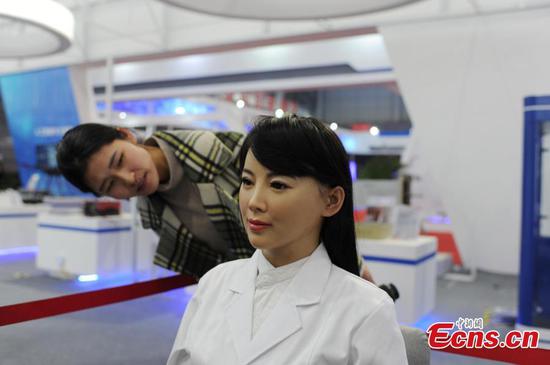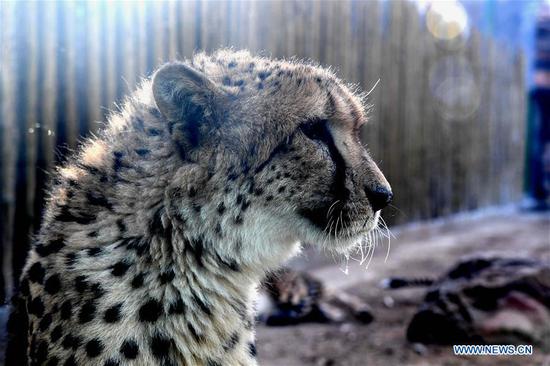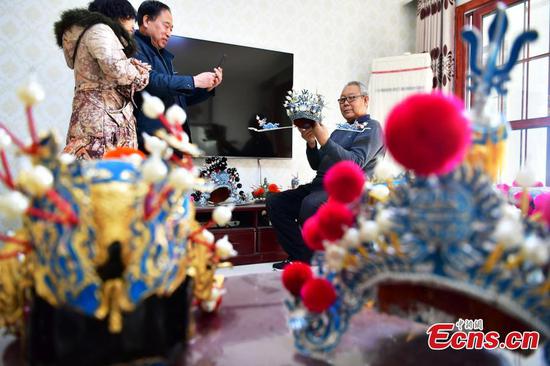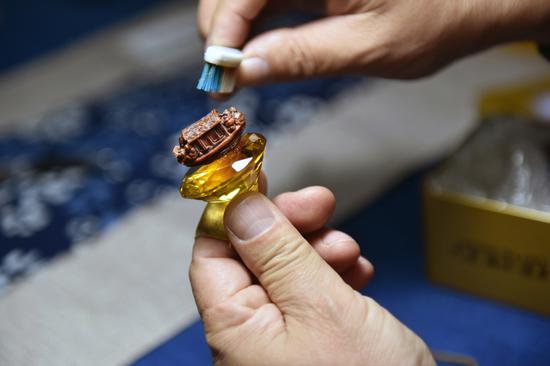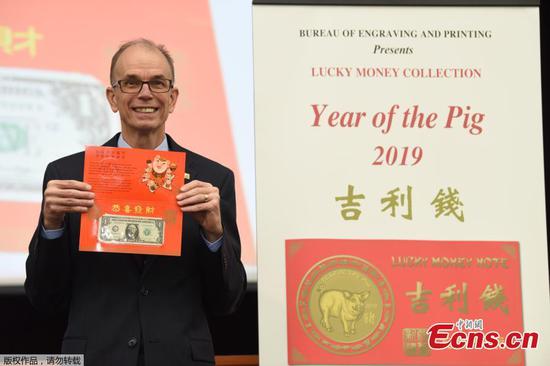The popularization of science in China has seen positive developments in the last year, but more policies, money and media support are necessary to improve scientific literacy, according to data released on Tuesday.
The budget for bringing science to the people last year was around 16 billion yuan ($2.3 billion), a 5.3 percent year-on-year increase. Government grants remain the largest financial contributor-12.3 billion yuan-according to a 2017 survey by the Ministry of Science and Technology.
Last year, China spent more than 3.7 billion yuan, a 10.5 percent increase over 2016, to build science museums and related infrastructure, adding 46 new facilities last year and bringing the total to 1,439.
More than 200 million people visited China's science venues, including 488 general science museums and 951 subject-specific museums, such as the Geological Museum of China.
The ministry also found that more than 770 million people had participated in events last year, up 6.3 percent year-on-year. Social media has also become a key platform to learn about science, with more than 694 million and 4.4 billion reads on science-related articles or posts from WeChat and Sina Weibo respectively.
"The public's scientific literacy is on the rise, and people are increasingly interested in science events," said Qiu Chengli, head of science popularization in the ministry's bureau that identifies and manages foreign talent.
"President Xi Jinping said science innovation and popularization are equally important and, thanks to various efforts, China's science popularization is gaining positive momentum," he said.
However, Qiu also highlighted some problems, including a lack of funding and talent, evaluation mechanisms, social attention and the ability to convey and share scientific knowledge.
"China has 1.4 billion people, with many still living in remote and rural areas," he said. "The massive and diverse population is a huge challenge for the popularization of science, from budget to manpower and accessibility of facilities."
In 2017, there were 227,000 personnel dedicated to popularizing science, and around 1.56 million part-timers.
"Society is simply not pumping as many resources or manpower into science popularization as it is for science innovation," Qiu said.
The mainstream media should play a key role in popularizing science, he added, but many outlets lack the personnel or ability to translate difficult scientific concepts into accessible content.
To remedy such issues, China might launch the fourth national working conference for science popularization, a triennial conference that began in 1996 and was last held in 2002.
"A future conference, if it took place, would raise the significance of science popularization to new heights, thus ensuring greater support and attention from the government and society," Qiu said.
The ministry will also help formulate new regulations to support science popularization, hold forums and training courses for media practitioners and officials, and increase international exchanges to learn methods of science popularization from other countries, he said.
"A more ideal and subtle method is to integrate science into our literature, arts, media and various facets of life so people can be exposed to and absorb scientific knowledge in everyday life."











